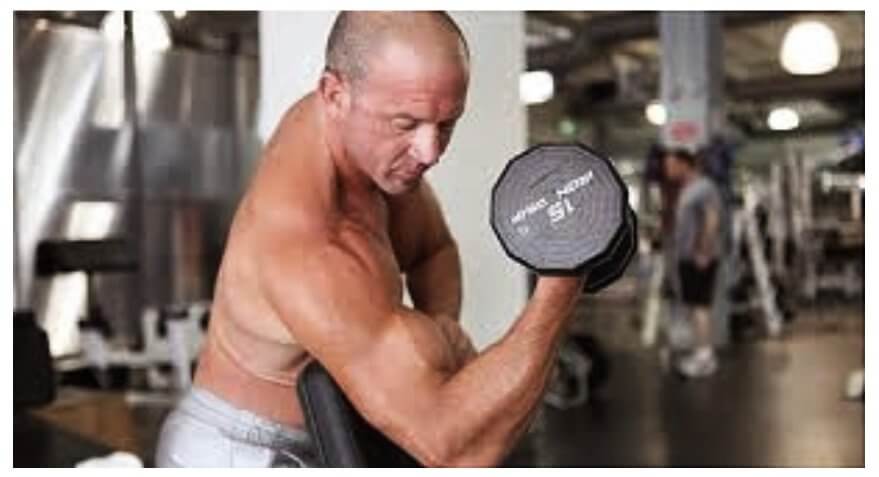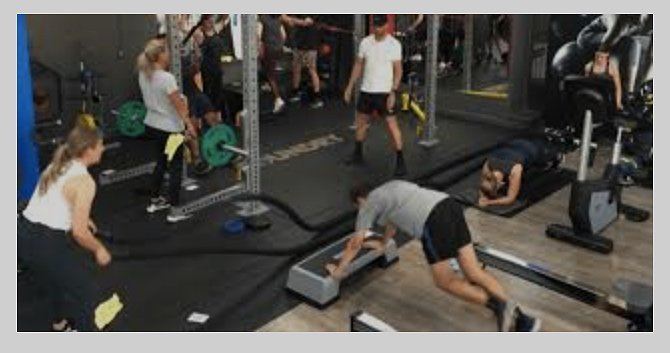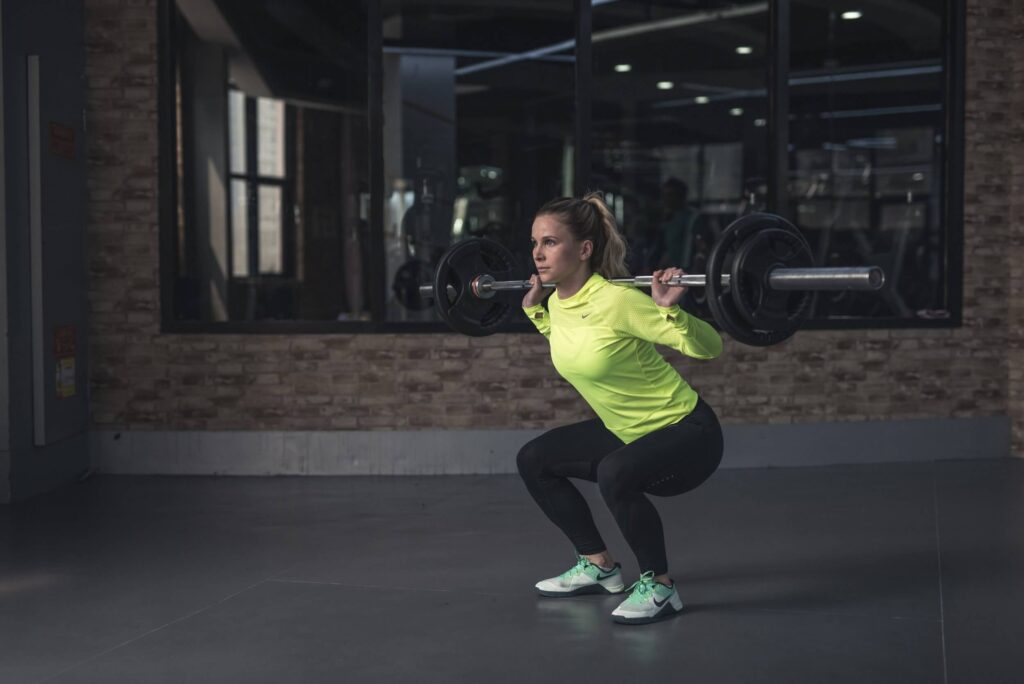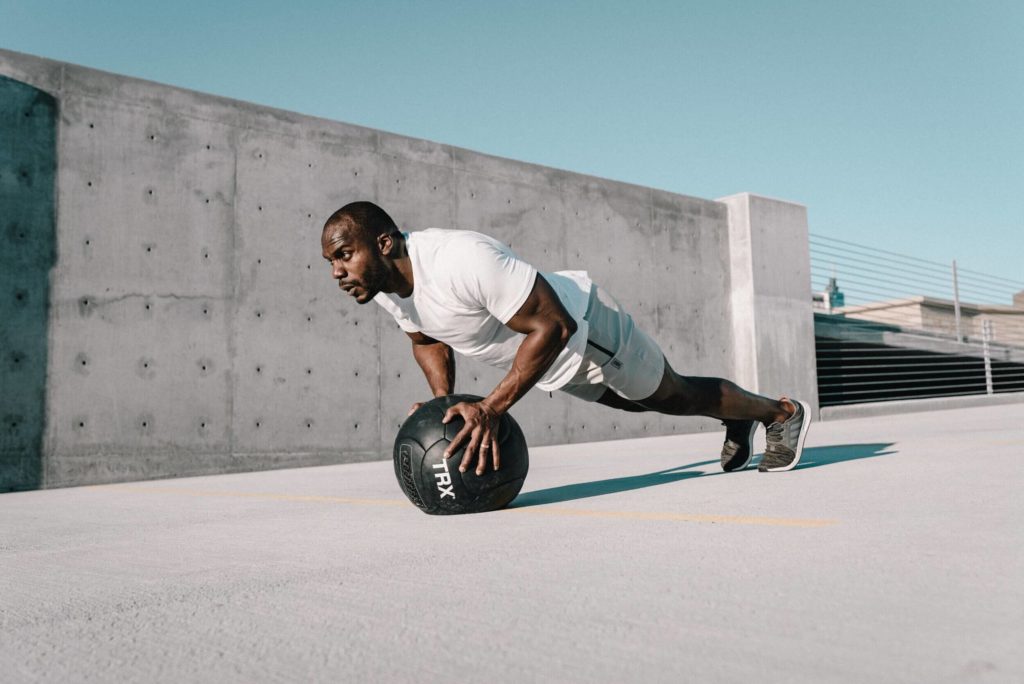Strength training is essentially the functional application of Newton’s Second Law, mathematically expressed as F=ma. Hence it improves an individual’s ability to express force. Although quite popular as a training modality, it is quite often generalized as a slow grinding form of training. However there are different forms of strength qualities that can be trained for specific purposes.
Often a staple in current athletic training for sports, strength training currently has more nuances in terms of the quality being trained by an individual. Types of strength training are classified based on the intensity and volume utilized by that form of training and the adaptations it elicits. Let’s start with the most traditional form of strength training.

Highlights
- Strength training is essentially the functional application of Newton’s Second Law, mathematically expressed as F=ma, hence improving an individual’s ability to express force,
- Types of strength training are classified based on the intensity and volume utilized by that form of training and the adaptations it elicits,
- These include maximal strength (involves moving high loads at lower velocities with a focus on maximal force expression), strength speed (aims at developing force-dominant explosive qualities to improve power production abilities), speed strength (involves moving lighter loads at higher velocities), hypertrophy (help in increasing muscle mass and cross sectional area of the fiber units) and strength endurance (aims at improving strength expression at higher rep ranges).
Maximal Strength
Training this quality involves moving high loads at lower velocities, with a focus on maximal force expression. In terms of intensity, maximal strength is generally performed at loads above 85% of an individual’s repetition maximum (the heaviest weight one can lift for one rep) performed within low rep ranges (up to 6 reps). Another way of estimating the right training zone is by using the velocity of the movement. Maximal strength is prescribed for loads that can be moved between 0.3-0.5m/s.
This form of training helps in improving central nervous system (CNS) functionality, hence maximizing muscular recruitment in movement resulting in improvements in overall strength expression.
Strength Speed
This form of strength training aims at developing force-dominant explosive qualities, which improves power production abilities. Loads prescribed in this form of training are generally between 75% and 85% of the repetition maximum, and in terms of velocity the movements are performed between 0.5–0.8m/s. Prescribed repetitions can range from 1–5 reps, as loads are prescribed are of higher intensities.
Training strength speed helps in improving RFD (rate of force development), which requires appropriate muscle fibers to be recruited quickly and at a high rate to express the required force.
Speed Strength
With speed as the focus, this form of training involves moving lighter loads at higher velocities. Intensities can range from 65–75% of the repetition maximum or with movement speeds between 0.8–1 m/s. This training is performed at slightly higher repetition ranges (3–8 reps).
This is a more sport specific form of strength training for sports that require high velocities, as it stresses physical qualities that can be seen in sport, hence improving overall explosiveness.
Hypertrophy
Load prescription for this form of training can range from 67–85%. However the rep range is high, with a focus on stimulating muscle protein synthesis (6–12 reps). Although this doesn’t stimulate the CNS as much as the above-mentioned modalities, hypertrophy-based training helps in increasing muscle mass and the cross sectional area of the fibre units. Having a larger number of fibre units provides a good foundation for higher-intensity training.

Strength endurance
Endurance training aims at improving strength expression at higher rep ranges (greater than 12) at lower intensities (less than 67% repetition maximum). This form of training helps in building a game-specific engine or general physical base to ensure that physical qualities are retained during long duration bouts.

Training all strength qualities is essential for overall athletic development. The combination of these training forms depends on the individual’s goals or the specificity of the sport that one might be preparing for. It is also important to understand that improvements in one quality can in turn result in improvements in other forms of strength expressions as well. Training maximal strength can build a strong foundation upon which the other qualities can be trained. Similarly training hypertrophy can result in improvements in maximal strength due to the availability of a greater number of muscle fibers that can be recruited to provide one’s desired outputs.
As for the training menu, each quality can be trained using a similar set of exercises. However, based on the end goal and the focus of the training sessions, the choice of exercises can vary. For example a barbell back squat with an appropriate load can train maximal strength, muscular hypertrophy in the legs or when done with speed can also train speed-strength or strength-speed qualities. The type of strength training prescribed to an individual is based on a need’s assessment centered around their goals, the requirements of the sport and any other relevant findings (injuries, phase of training etc). This can greatly influence overall health, improve performance and reduce chances of injury by building resilience.
Disclaimer: The contents of this article are for general information and educational purposes only. It neither provides any medical advice nor intends to substitute professional medical opinion on the treatment, diagnosis, prevention or alleviation of any disease, disorder or disability. Always consult with your doctor or qualified healthcare professional about your health condition and/or concerns before undertaking a new healthcare regimen including making any dietary or lifestyle changes.
References
- https://journals.lww.com/nsca-scj/Abstract/2021/02000/Developing_Powerful_Athletes_Part_2__Practical.3.aspx
- https://us.humankinetics.com/products/essentials-of-strength-training-and-conditioning-4th-edition-with-hkpropel-access
- Berger, R. (2013). Optimum repetitions for the development of strength. Research Quarterly. American Association for Health, Physical Education and Recreation. 33. 334-338. 10.1080/10671188.1962.10616460. https://www.researchgate.net/publication/261689563_Optimum_Repetitions_for_the_Development_of_Strength
- https://us.humankinetics.com/products/designing-resistance-training-programs-4th-edition-pdf
- https://pubmed.ncbi.nlm.nih.gov/16937966/








